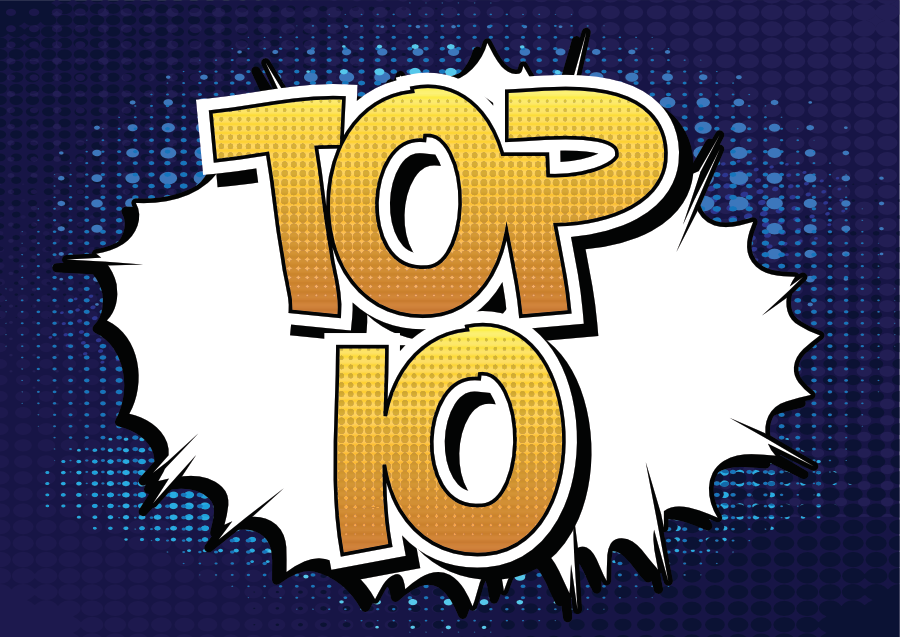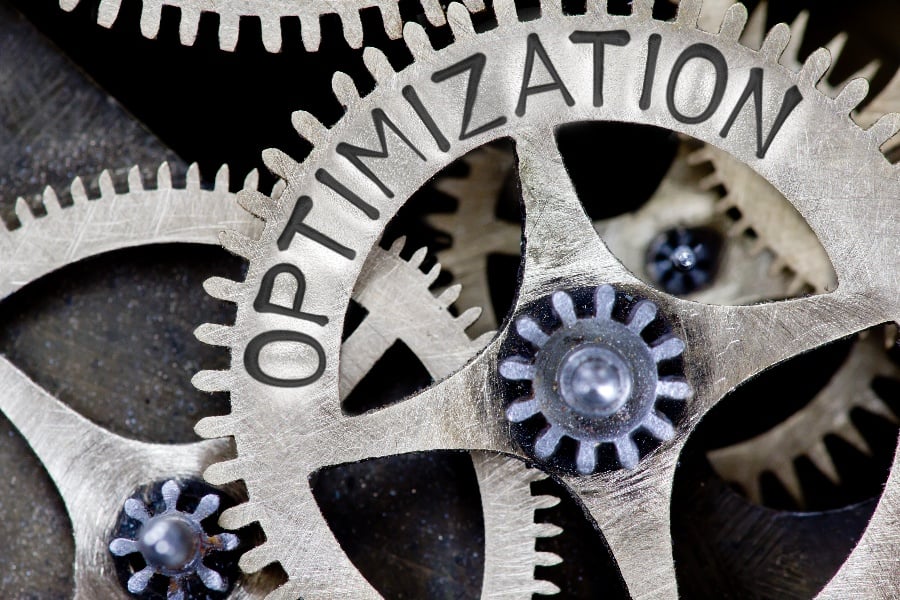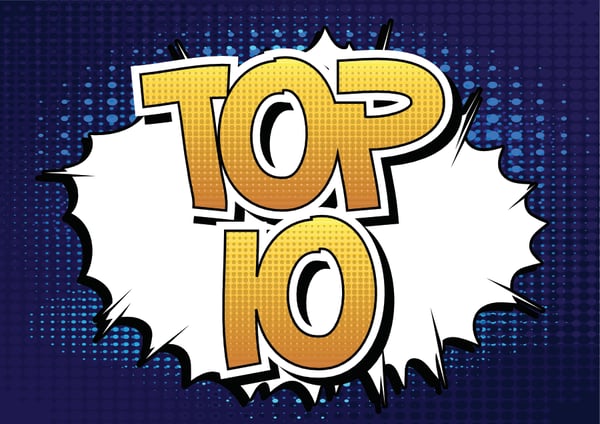
September 9 is “National Read a Book Day.” While students are currently going back to school, it is a valuable reminder for the rest of us to continue our professional development. Purchasing managers in particular are faced with rapid changes in the supply chain and need to constantly update our skills.
So, in honor of National Read a Book Day,” we present 10 books to consider reading this fall.
It includes tomes dealing specifically with purchasing and those aimed at the general business audience that have practical applications to our field.
![]()
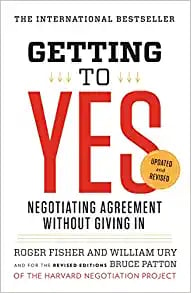
Getting to Yes: Negotiating Agreement Without Giving In
By Roger Fisher
Based on the Harvard Negotiation Project, Getting to Yes is a classic in the field. Procurement professionals will learn how to negotiate with suppliers in a way that builds long-term relationships.
This is a required book in many MBA programs, but if you haven’t previously read it, you should check it out for National Read a Book day.
It’s likely that your counterparts on the other side of any negotiation have read it, so you don’t want to be left behind.
.webp?width=205&name=download%20(1).webp)
Switch: How to Change Things When Change Is Hard
By Chip Heath and Dan Heath
Supply chain operations change frequently, and adapting is key to a successful career. This book examines resistance to change and helps readers develop the skills to “move at the speed of business.”
This book is not a typical dry business school tome. It is story-driven and brings the latest research from psychology, sociology, and related fields in a relatable manner.
.webp?width=205&name=download%20(2).webp)
The Procurement and Supply Manager's Desk Reference
By Fred Sollish and John Semanik
While you might not want to read this book cover to cover, it should be a resource you consult often.
The Procurement and Supply Manager’s Desk Reference has roadmaps for everything from finding suppliers to handling the day to day office politics that plague purchasing managers.
Along the way, you’ll find information on how to stay up to date in the field and how to provide additional value to your organization.
.webp?width=196&name=download%20(3).webp)
The Checklist Manifesto: How to Get Things Right
By Atul Gawande
The company you work for is probably asking you to do more with less. The Checklist Manifesto provides a solution for organizing the complex and voluminous information you deal with on a daily basis.
It also discusses how to use patterns in professional failures to improve processes in the future.
Following the instructions in this book, you will ensure that nothing slips through the cracks, an especially valuable skill in our detail-oriented profession.
.webp?width=198&name=download%20(4).webp)
The Goal: A Process of Ongoing Improvement
By Eliyahau Goldratt
This is a business book told in the guise of a fable. It uses the fictional story of a harried plant manager named Alex Rogo who is trying to save his factory.
It introduces professor Goldratt’s Theory of Constraints in an entertaining manner. Ultimately, readers learn that the only goal of any business is to make money and employees succeed when they facilitate this process.
The author states that the way to improve the bottom line is to produce flow while eliminating friction in the process.
While The Goal seemingly deals with manufacturing, its lessons apply to Purchasing Managers, especially as it relates how accounting practices and other financial constraints get in the way of achieving the ultimate goal of turning a profit.
.webp?width=220&name=download%20(5).webp)
Proactive Purchasing in the Supply Chain: The Key to World-Class Procurement
By David N. Burt, Sheila Petcavage, and Richard Pinkerton
If it has been a while since you graduated from college, you may want to check out Proactive Purchasing in the Supply Chain.
This book helps you look at the supply chain in a proactive manner instead of using the reactive systems many of us were taught.
It gives you new tools like price-cost analysis, discusses how to transform your department from a cost center to a value-added operation, and deals with current business trends like green purchasing, risk reduction, and forecasting.
In addition, Proactive Purchasing helps you transition to a world in which outsourcing is common and establishing collaboration throughout the supply chain is key to success in the field.
.webp?width=193&name=download%20(6).webp)
Common Sense Purchasing: Hard Knock Lessons Learned From a Purchasing Pro
By Tom dePaoli
While it is important to keep up with emerging technology and new processes, it is equally important to not lose site of the bigger strategy issues that exist outside of new developments.
Common Sense Purchasing relates many stories of bureaucratic culture and is instructive in dealing with the people problems that pop up in any company. In an era when most training deals with the “new,” this book helps you with the eternal.
In addition, the 100 lessons presented include delightful illustrations that help make the larger point. You might say this is Dilbert for Purchasing Managers!
.webp?width=189&name=download%20(7).webp)
The Procurement Game Plan: Winning Strategies and Techniques for Supply Management Professionals
By Charles Dominick and Soheila Lunney
The Procurement Game Plan is equally valuable to someone new to the field and those who have long, established careers.
It helps supply management professionals achieve operational efficiency and effectiveness, improve supplier relationships, improve margins and competitiveness, secure measurable cost reductions.
The book is eminently readable with many analogies to professional sports which keeps things interesting.
.webp?width=196&name=download%20(8).webp)
Supply Chain Metrics that Matter
By Lora M. Cecere
Whether you want to win a war or save a patient, you need a strong supply chain. In Supply Chain Metrics that Matter, Professor Cecere shows Purchasing Managers how to use data to improve performance.
However, this is not a dry “numbers book,” it provides more than 100 real world examples that demonstrate the importance of developing a strong supply chain in an ever more connected world.
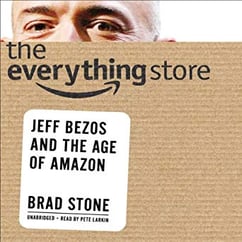
The Everything Store: Jeff Bezos and the Age of Amazon
By Brad Stone
Most people think of Amazon as an e-commerce platform, but Stone argues it is really an example of a visionary leader effectively using revolutionary supply chain tools.
Jeff Bezos started out selling books from a garage and ended up developing a $315 billion behemoth that forever changed how people buy, well, everything.
This enjoyable book will help you see your job in a new light and provide a way to relate what you do to people outside of your profession.

